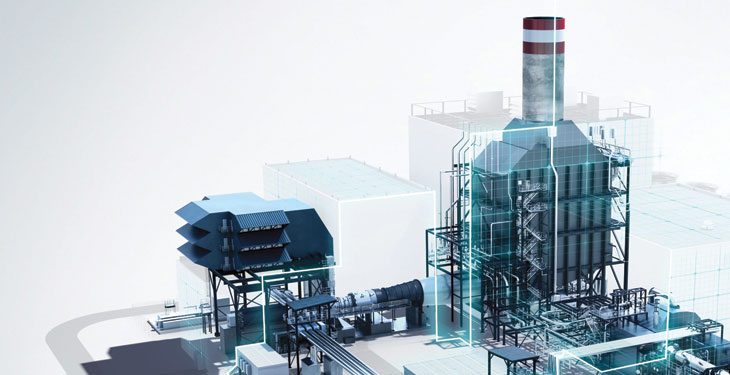Valeriu Binig, Director of Regulatory and Antitrust Affairs Enel Romania
Valeriu Binig is one of the most important experts on the local energy market in Romania, having more than 32 years of professional experience in the energy sector, during which he held different positions, from technical and academic ones to consultancy in mergers and acquisitions or attracting funding. Prior to joining Enel Romania, Valeriu Binig held senior management positions in consulting companies such as EY Romania or Deloitte Romania, and had active roles in the transformation process of the local energy market, occupying managerial positions in energy distribution and production companies, before the separation of supply and distribution activities in the Romanian energy sector.
Due to our unfriendly legislative environment, private capital has been stopped from penetrating the Romanian conventional power generation sector since 2012. The result is an enormous power and heat generation capacity deficit. In parallel, the state has proven unable to cover this generation park development needs.
The result is this deficit that cannot be covered overnight. New projects usually required long time to make. Meanwhile, the lack of competitional pressure has led to the highest electricity prices in Europe being recorded in Romania. This is also related with the lack of interconnection capacity, and with the increase of the emission allowances prices on the European market.
Practically there is a burning need for new capacities, and very important with the shortest construction times. There is a time pressure.
In Europe, and not only there, the key words that characterize the energy transition are decarbonation, decentralization, digitalization. Some people add also other Ds, like deregulation, disruption, diversification and so on.
Given also the need for modernization of heat supply, both for industry and the residential sector, new decentralized cogeneration facilities are needed. The obsolete cogeneration facility, once designed for supplying heavy industry with steam and population with hot water, is today over-sized, uneconomic, sometimes bankrupt. They have to be replaced quickly with decentralized and decarbonized modern solutions. The evolution of the prices for the emission allowances, of the natural gas, and of the coal approach the moment when coal switching to gas becomes an economic move for countries like Romania. This is also the policy trend in Europe.
The natural conclusion is that the huge power and heat deficit is to be covered quickly with gas-fired, state of the art, predominantly decentralized, preferably cogeneration solutions.
Still, there is a need for predictability and of a permissive environment for the private investment, both equity and debt. The famous articles in the Electricity and Natural Gas Law that prevent signature of bankable bilateral negotiated contracts are to be urgently replaced. Business associations in Romania have identified them as the highest obstacle against private financing in the power generation sector, and have openly and publicly communicated this with the authorities.
Romania needs urgently a new cogeneration bonus scheme to stimulate the new capacities that are not covered by the existing, expired scheme.
There is a window of opportunity here; in 2020, the EU community guidelines on state aid in the energy and environmental sector will expire and will have to be replaced with a new version. If Romania does not submit to the EC a new scheme prior to the discussions on the new guidelines, it will have to wait the adoption of the new version before obtaining a notification approval. If investment decision will be taken only in 2021, after the adoption of the support scheme, it might be too late.
From another perspective, too, there is a clear window of opportunities. Various studies indicate that non-utility solar photovoltaic plus storage will reach grid parity in the EU in 2021. From that moment on or even earlier, such power generation technologies will start, firstly in industrial consumption sites, especially in Romania, where the legislative and regulatory barriers will force the private initiative to develop such decentralized and decarbonized solutions.
—————————————-
This article firstly appeared in the printed edition of energynomics.ro Magazine, issued in March 2019.
In order to receive the printed or electronic this issue of energynomics.ro Magazine, we encourage you to write us at office [at] energynomics.ro to include you in our distribution list. All previous editions are available HERE.
